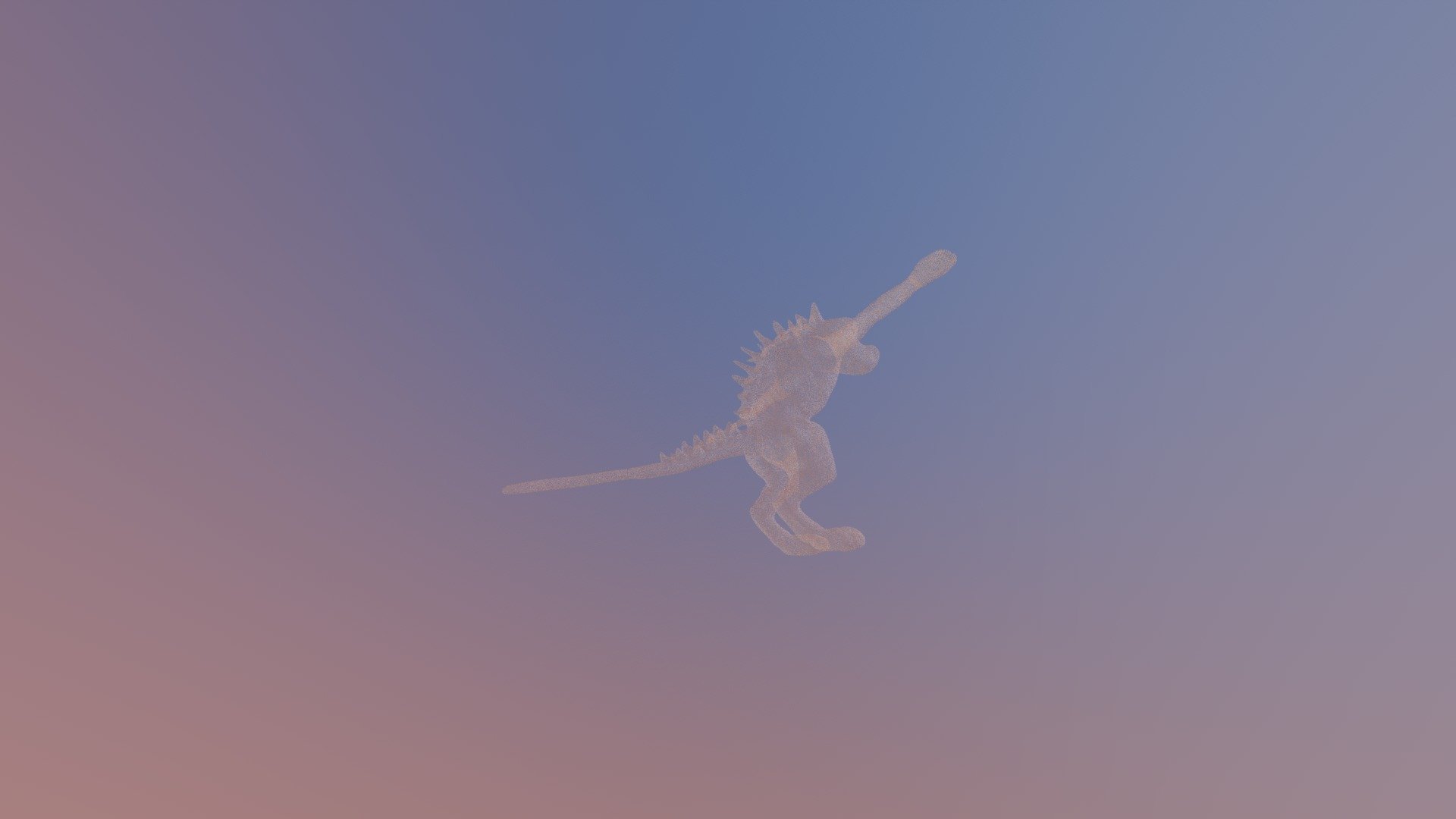
Alphasaurus
sketchfab
Rigging Concept: Humanoid Form The human body is a complex system of interconnected bones, muscles, and tendons that work together to facilitate movement, balance, and stability. To create a realistic rigging model, it's essential to understand the underlying anatomy and physiology. Key Features: * Bony Structure: The skeleton serves as the foundation for the entire body, comprising 206 individual bones that provide support, protection, and mobility. * Muscular System: Over 640 muscles work in harmony with the skeletal system to enable movement, maintain posture, and regulate body temperature. * Tendon and Ligament Network: Tendons connect muscles to bones, while ligaments join bones together, providing stability and flexibility. Rigging Principles: * Skeletal Hierarchy: The rigging model should reflect the hierarchical structure of the human skeleton, with larger bones serving as anchors for smaller ones. * Muscle Attachments: Muscles must be attached to bones in a way that mimics their natural attachments, ensuring realistic movement and flexibility. * Tendon and Ligament Simulations: The rigging system should simulate the behavior of tendons and ligaments, taking into account their elasticity, strength, and resistance to stretching. By applying these principles and features, a well-designed rigging model can accurately capture the intricate details of the human body, enabling realistic simulations and animations.
With this file you will be able to print Alphasaurus with your 3D printer. Click on the button and save the file on your computer to work, edit or customize your design. You can also find more 3D designs for printers on Alphasaurus.
